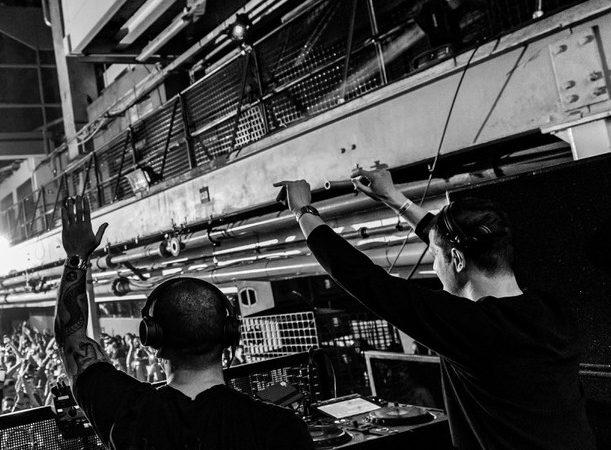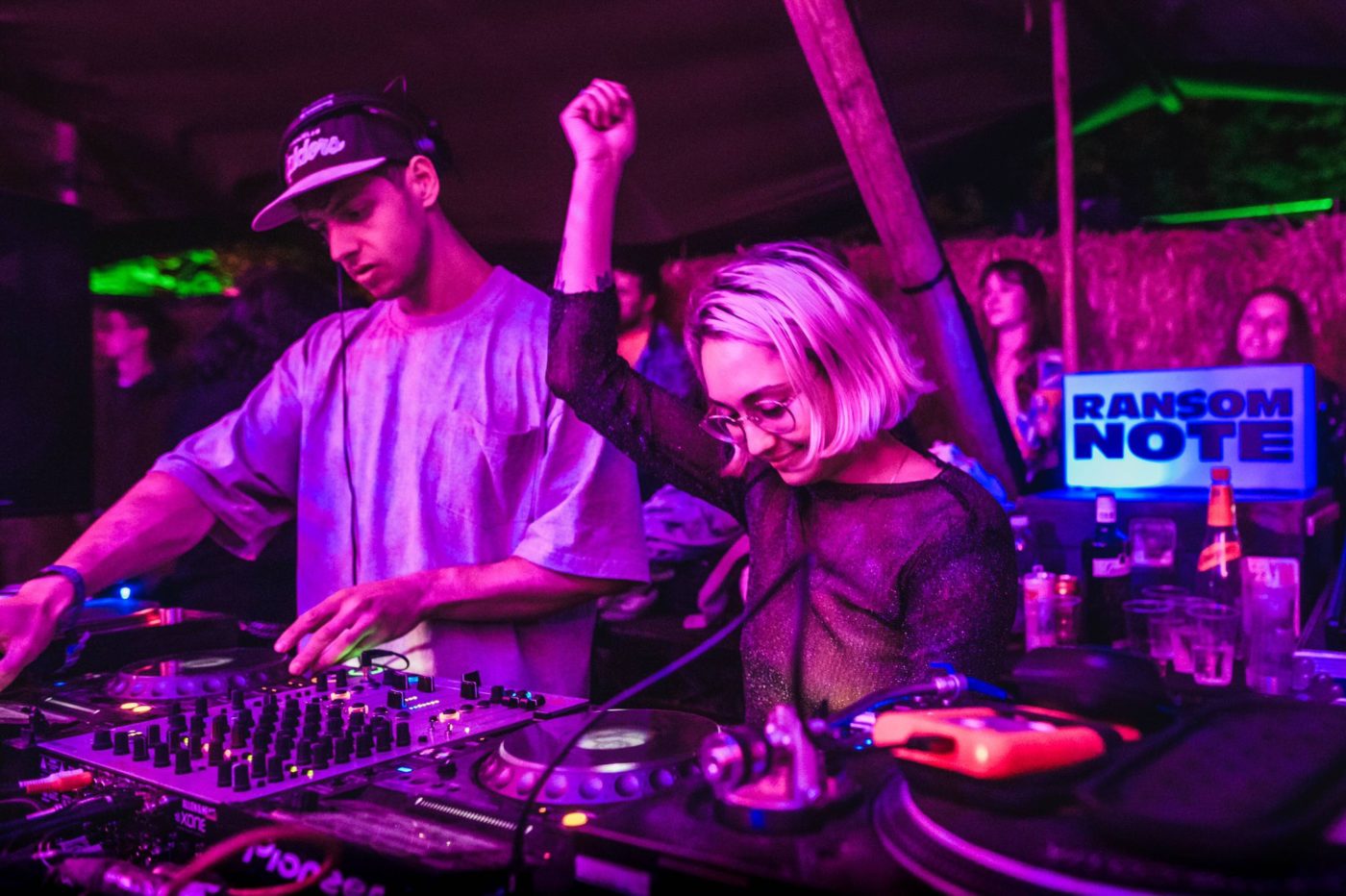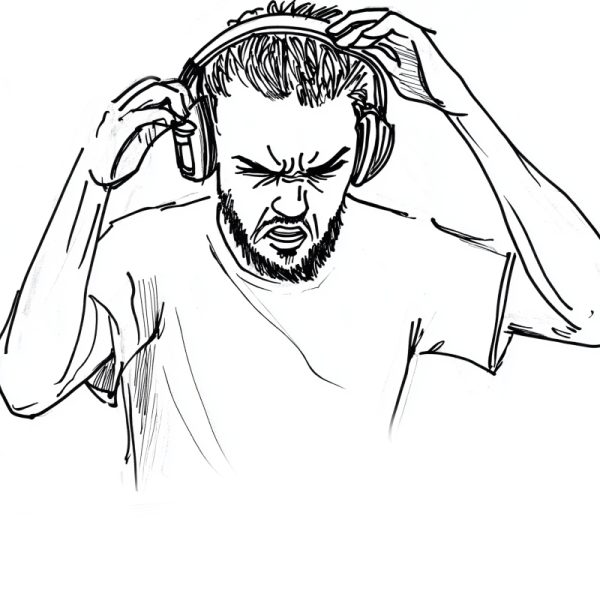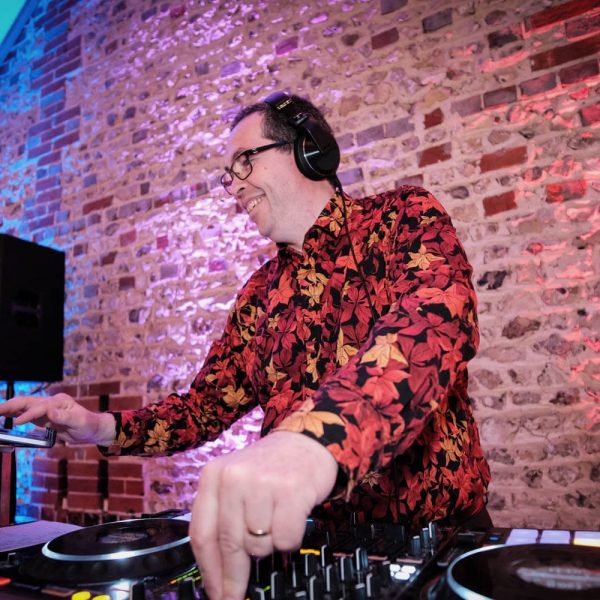Maintain good vibes in the booth
No matter how experienced you are, playing music for people, whether they’re in front of you or listening (or watching) from home, will play on your nerves. It only takes a minor slip-up, even one imperceptible to anyone but you, to give you what golfers call “the yips.” Sometimes you have an off-night and botch a few mixes and selections. Sometimes it’s mostly imaginary. Even the vague sense that you’re not connecting with the crowd can be enough to sour the mood. In any kind of performance, the feeling that things aren’t going well can be a self-fulfilling prophecy.
This is all especially important in a back-to-back. With your body language and your booth chat, you and your partner influence each other’s mood, and your collective mood influences the music, and subsequently the party. So do what you can to keep things upbeat. If your partner makes a mistake, tell them “don’t sweat it.” If you make a mistake, flash a self-deprecating smile and move on. Try to appear at ease, like you’re chilling and having fun. Granted, given the pressure of many gigs, this will often be its own kind of performance. But it can work to keep the prangs at bay.
Playing with a good friend makes this a lot easier. Take Shanti Celeste and Peach. “Serena [Peach] and I have this game we play,” Shanti said. “It started at this one particular gig that was really, really bad. I’d just bought a new pair of headphones and wanted to use them, but Serena wanted to use hers, so for the first time in a back-to-back we played with separate headphones plugged into the mixer. But I kept passing my headphones to her every time I mixed, and she’d crack up because she didn’t need them. She started doing it back to me. Now it’s a game we play: you pass your headphones to the other person, if they take them then they fell for it, and you get a point, you know? We have little games like that. Or we just dance and make each other laugh.”
Shanti reckons this is the beauty of the back-to-back: even if the gig is hard, you have a friend there to keep you grounded and having a good time.
“If the gig is not great and you’re playing back-to-back with someone, the very fact that you’re playing back-to-back makes it more fun,” she says. “If I’m DJing by myself and the gig isn’t great, I get really sad and insecure. I’ve gotten much better at managing that now and I realize that some gigs are just not as good as others. But it’s a lot harder to motivate yourself than it is to motivate another person.
“If I see that Serena’s struggling, or the other way around, we can motivate each other and have fun together just as friends, you know what I mean? Which immediately lifts the mood, because you have someone to laugh with and have a good time with. Also, when you’re playing back-to-back, the moment when you’re not playing, that’s when you can take a second to be grateful that you’re there, and that you have the job you have, and that it’s not so bad—something you otherwise wouldn’t be able to do. You’re having fun with a friend, and you have the time and space to have a moment with yourself and say, ‘It’s OK, don’t worry, it’s cool.’”






